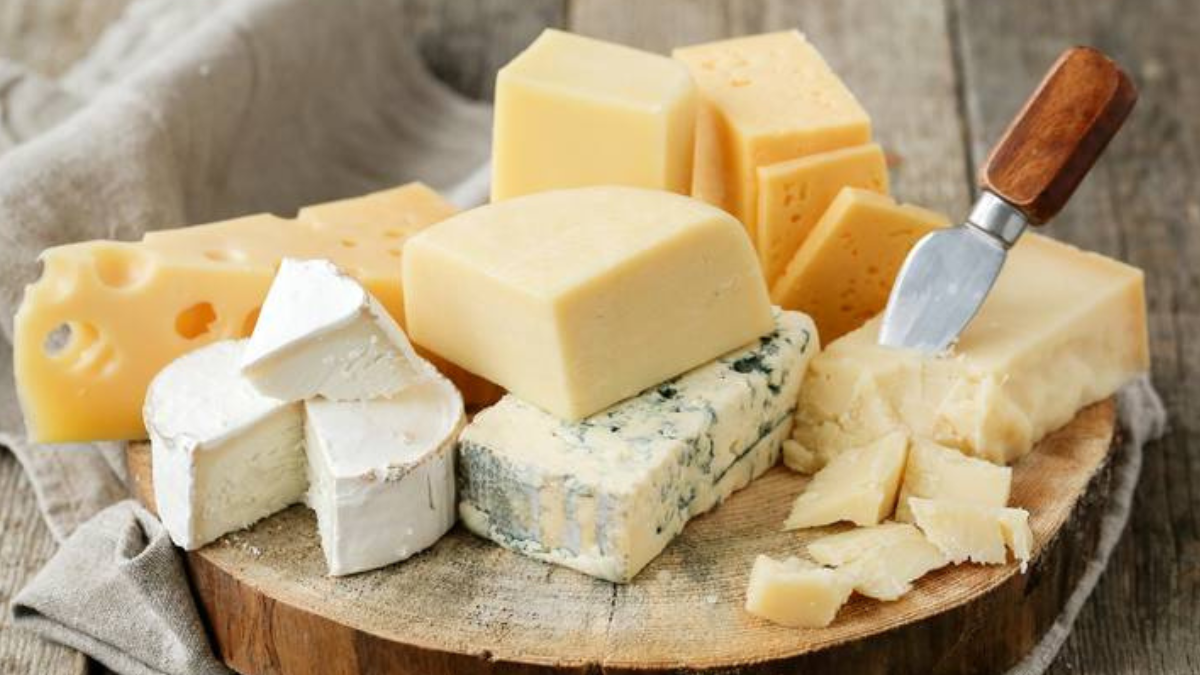
Cheese is a culinary favorite enjoyed across the globe, featured in everything from Italian pizzas to French fondues, Mexican quesadillas, and Indian paneer dishes. This versatile dairy product comes in countless varieties and is loved for its rich flavors and creamy textures. However, for some, cheese isn’t always a delight. Individuals with lactose intolerance often struggle with the digestive side effects of consuming cheese.Lactose intolerance occurs when the body lacks sufficient lactase, the enzyme needed to break down lactose, the sugar found in milk and dairy products. Here are five disadvantages of consuming cheese for those who are lactose intolerant.
1. Digestive Issues
Eating cheese can lead to bloating, gas, and diarrhea due to undigested lactose fermenting in the gut.
2. Abdominal Pain
Many lactose-intolerant individuals experience stomach cramps or discomfort after consuming cheese.
3. Nutritional Challenges
Avoiding cheese can limit dietary options, potentially reducing calcium and vitamin D intake, which are essential for bone health.
4. Increased Risk of Dehydration
The diarrhea caused by lactose intolerance can lead to dehydration, especially if symptoms persist.
5. Social and Cultural Exclusion
Cheese is a staple in many cuisines and social gatherings. Avoiding it can lead to feelings of exclusion or difficulty finding suitable alternatives during events.
For those who love cheese but can’t digest lactose, lactose-free or plant-based cheese alternatives are available. Hard cheeses like Parmesan and aged Cheddar also contain minimal lactose, making them a tolerable option for some.While cheese remains a beloved food worldwide, it’s essential to consider how it affects individuals differently, ensuring everyone can enjoy meals without discomfort.
